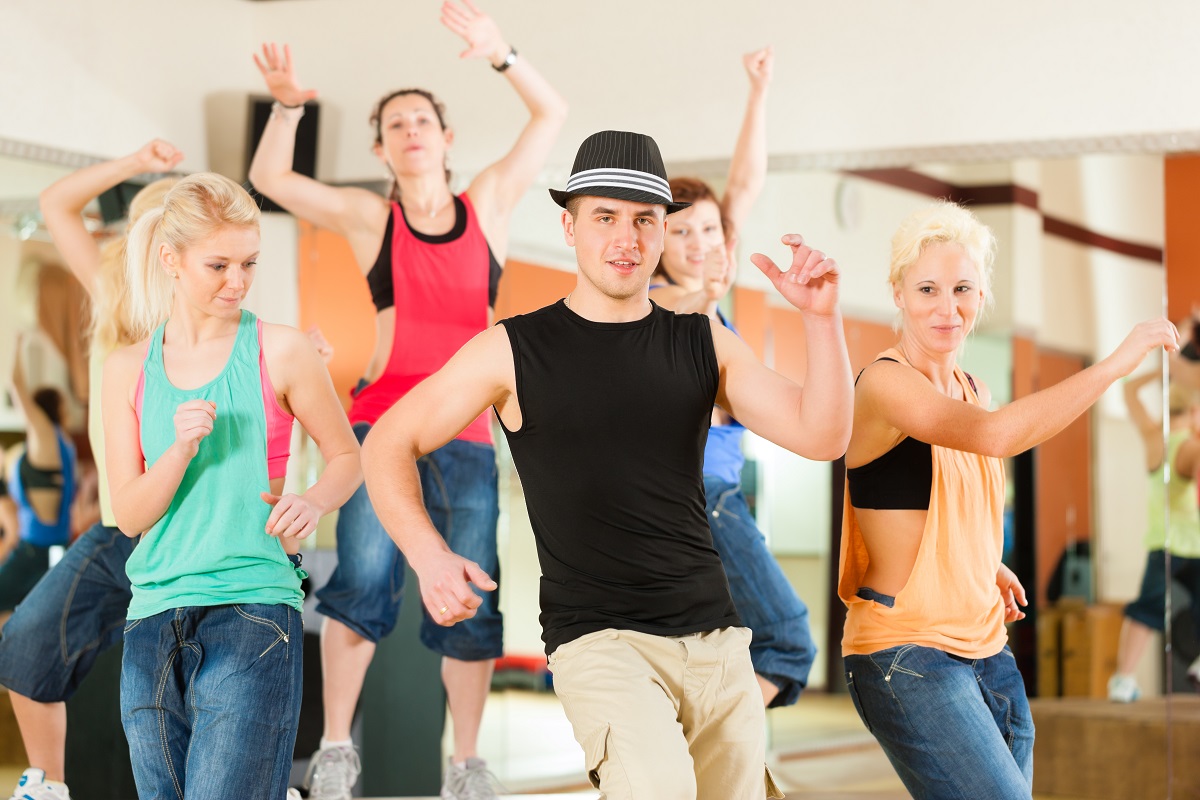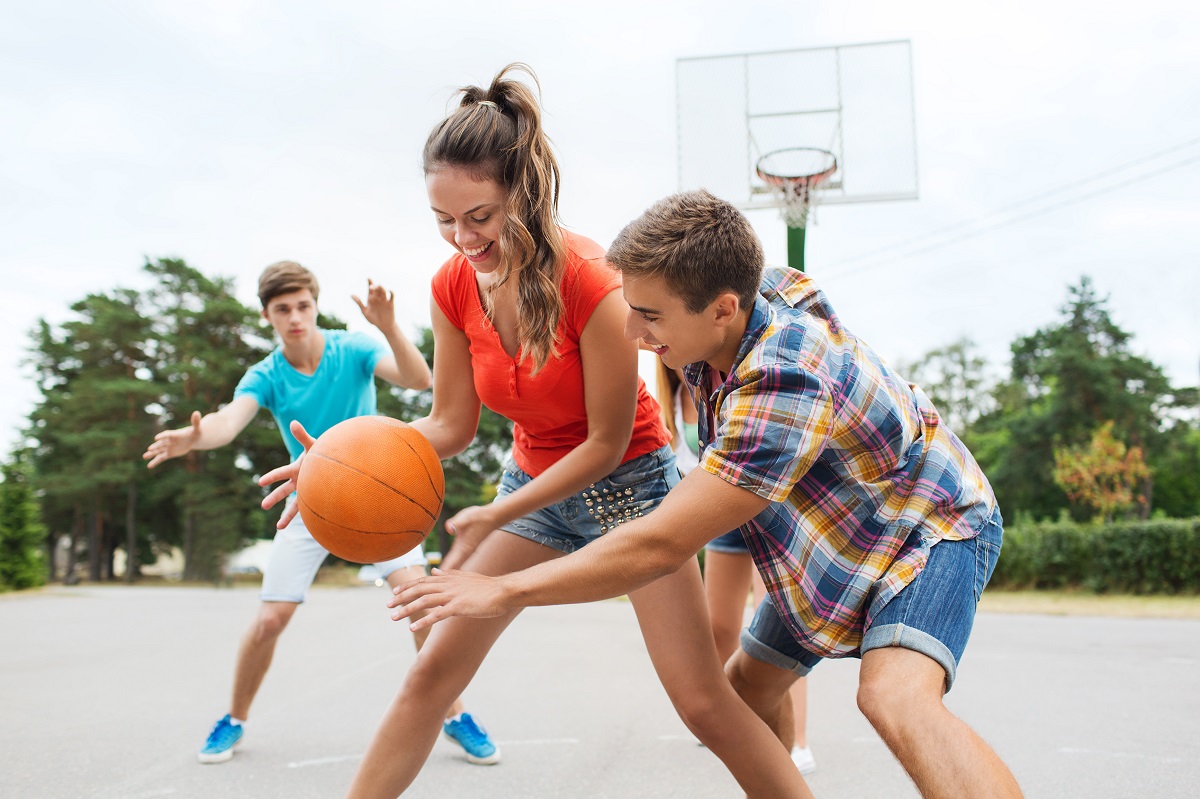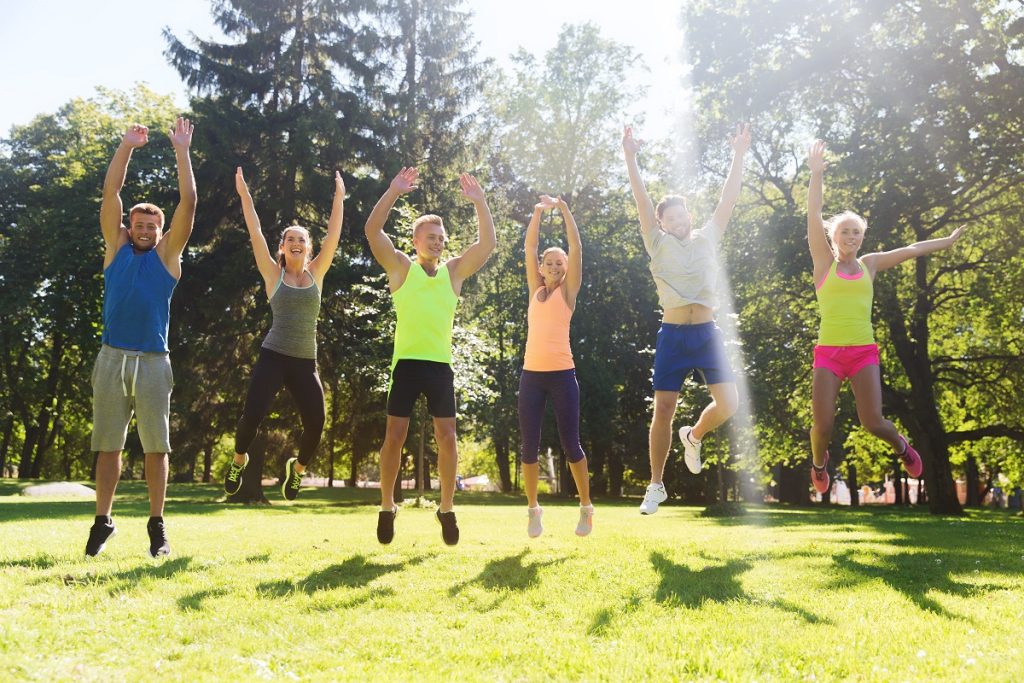- Provide safe and accessible public spaces like playgrounds, parks, skater rinks, and skateboard parks.
- Sponsor summer activities and events such as dance training summer camp to get kids moving.
- Engage parents and family members by creating programs promoting home physical activity.
- Collaborate with schools to develop programs that promote physical activity among children after school hours.
- Offer access to sports and recreation programs, such as basketball, soccer, swimming, and dance classes, to encourage youth to engage in physical activities.
Physical activity is essential for youth to develop healthy habits and prevent various health problems. Unfortunately, many young people today are not sufficiently active. Children and adolescents spend more time sitting than ever before, both at school and at home.
As a result, promoting youth physical activity requires the involvement of different players, especially the community. This post discusses the role of the community in promoting youth physical activity for health and fitness.
Providing Safe and Accessible Public Spaces
In a world where technology is rapidly taking over physical activities, it’s essential to provide safe and accessible public spaces to promote health and fitness to youth in the community. As adults, you are morally obligated to ensure the younger generation stays fit and healthy. Studies have shown that children who engage in physical activity regularly are healthier and have higher cognitive skills than those who don’t. Here are some examples:
Playgrounds
Playgrounds are one of the most common community spaces for children. They’re fun, bright, and the perfect place for kids to go out and play with friends or family. Playgrounds should be designed to be safe and accessible for children with disabilities. Having wheelchair-accessible features such as ramps and handrails leads to inclusivity and enables children with disabilities to play alongside other kids.
Public Parks
Public parks are an excellent way to get children active while exposing them to the outdoors. Parks have amenities such as picnic areas, walking paths, and basketball courts catering to the community’s different interests. They promote physical activity by offering walking, jogging, biking, and hiking trails.
Skater Rinks
Skater rinks cater to the younger generation, who love skating around areas that are safe and accessible. They’re designed for skating and other recreational activities and have essential safety features such as helmets, and knee and elbow pads. Skating is a fun aerobic activity that helps with weight management and improves endurance, balance, and coordination.
Skateboard Parks
Skateboard parks have specially designed obstacles, rails, and curbs, allowing skateboarders to perform various tricks. Skateboarding is an excellent way to promote fitness and stay active while having fun. Skateboarding requires stability and coordination, leading to better physical fitness, agility, and balance.
Sponsoring Summer Activities and Events

Summer is a much-anticipated season for most children and adolescents, as it is a time for relaxation and a brief respite from schoolwork. This is the perfect time for communities to take advantage of and sponsor summer activities and events to help youth lead healthier lifestyles.
One activity that has proven to be a fun and effective way to get kids moving is the dance training summer camp. Not only does it offer a way to stay active, but it also helps children learn new skills and make new friends. Through sponsorship, more youths will have access to this and other programs that can positively impact their overall well-being.
Engaging Parents and Family Members
Parents and family members play a crucial role in promoting physical activity for youth. Communities can engage families and parents by creating programs that promote physical activity at home.
For example, a comprehensive diet and exercise workshop for parents to learn healthy dietary habits and how to keep their children active during the day. Families should be aware of the benefits of having a healthy lifestyle and the role of physical activity in the children’s overall health.
Collaborating with Schools
Community partnerships with schools offer promising opportunities to promote physical activity among youth. Communities and schools can work together to develop programs that promote physical activity among children after school hours.
Physical education teachers and recreation administrators can work with community organizations to provide structured and supervised physical activities during out-of-school times.
Offering Access to Sports and Recreation Programs

Providing youth access to sports and recreation programs can encourage them to engage in physical activity. A range of organized sports activities, such as basketball, soccer, and swimming, offers structured opportunities to be active, build physical skills, and socialize with peers. Community-based recreation programs, such as swimming, gymnastics, or dance classes, offer structured opportunities for young people to learn new skills and stay active.
Final Thoughts
In conclusion, promoting physical activity among youth is critical in ensuring that they lead healthy and fulfilling lives. This responsibility falls on the parents and, more importantly, the surrounding community. Communities should create opportunities and provide essential tools that can equip young people to lead healthy lifestyles. With joint community efforts, children and youth can appreciate the benefits of physical activity, both for their health and well-being, now and in the future.


